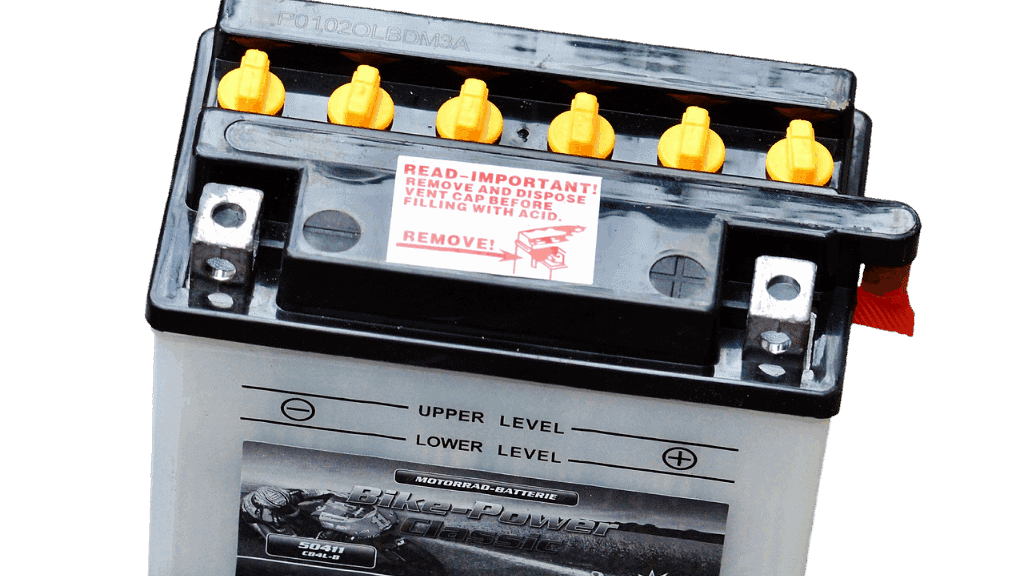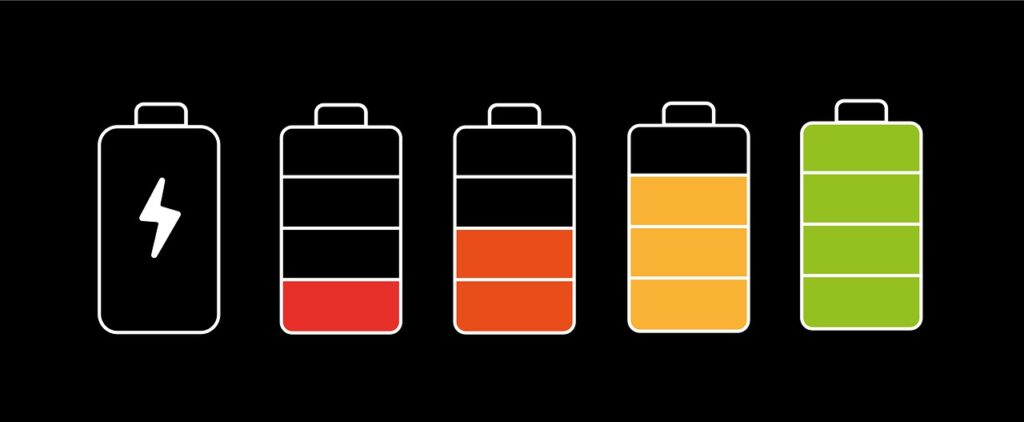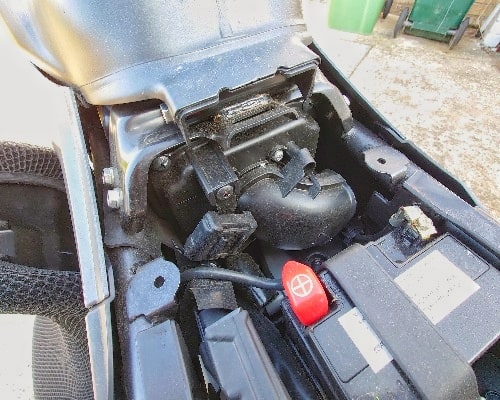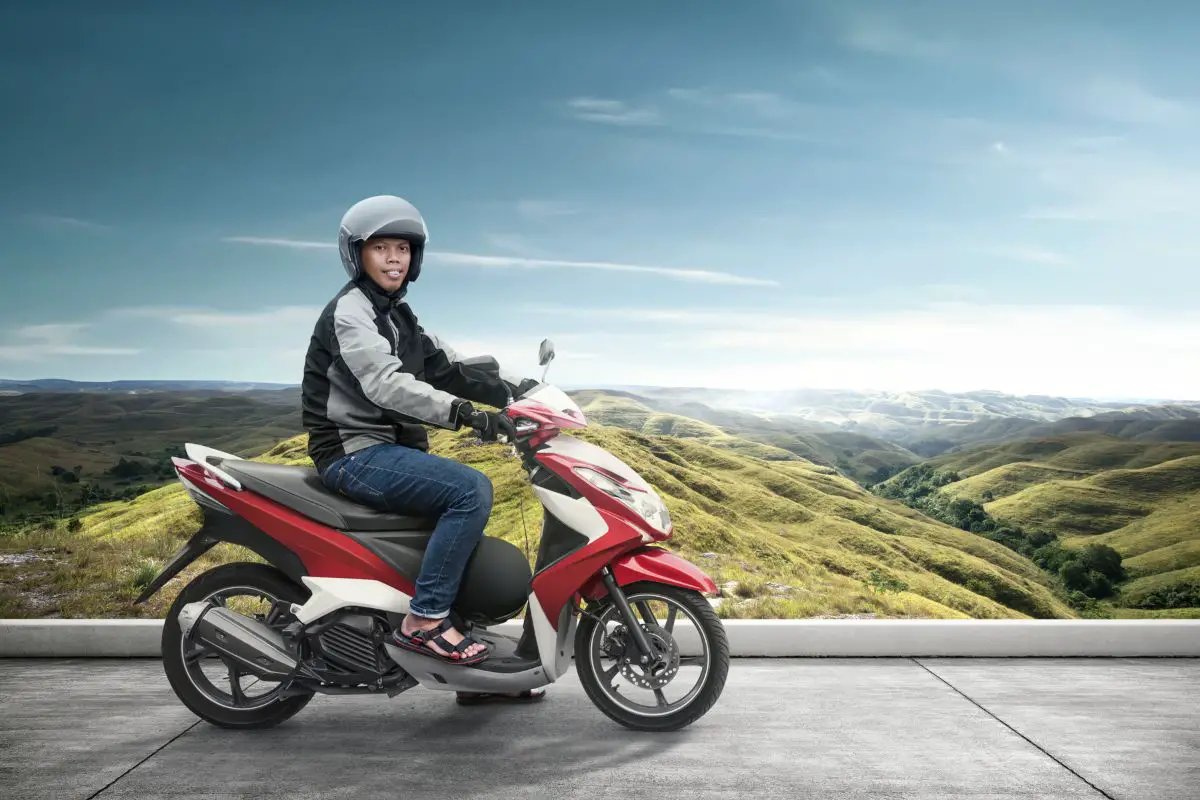
Motorcycle batteries, like car batteries, are 12-volt batteries. However, despite this, they work a little bit differently. Being aware of these differences will allow you to ensure your motorcycle’s battery is always charged and ready for the ride!
So, how long does it take to charge a motorcycle battery?
To charge a motorcycle battery using a Battery Tender takes between 6 and 24 hours to fully charge your bike’s battery, depending on its health and original charge level. When you ride your motorcycle, the battery naturally charges itself. However, the charge the battery receives while idling will not be enough to charge your bike’s battery adequately if the battery was completely dead.
However, to fully charge the battery while riding, you would need to ride great distances. Therefore, you need to ensure your battery maintains an optimal charge level.
In this day and age, extending the lifespan of your motorcycle battery is easier than ever. In this article, we look at many commonly asked questions about motorcycle batteries, the best way to charge them, and, of course, how long that will take.
Does a Motorcycle Battery Charge While Riding?
The way your motorcycle battery functions in relation to your bike’s engine is much the same way a car’s battery and engine works together. Inside your motorcycle’s engine, there is a device known as a stator. If you’re familiar with motor vehicles, a motorcycle’s stator is similar to a vehicle’s alternator when it comes to the functionality of these devices.
Your motorcycle’s stator generates alternating current, or AC, which allows your motorcycle battery to charge while the motorcycle is on. The stator does more than this, though! Without this device, the power of your motorcycle would drain rather quickly, and you’d be unable to use it. Luckily, your motorcycle’s stator ensures that the battery remains charged.
While not all motorcycle batteries are the same, most of them are lead-acid batteries. There are newer, more expensive motorcycle batteries available, which are lithium-ion batteries and require very little maintenance. However, if you’re part of the majority with a lead-acid motorbike battery, you’ll need to carry out some maintenance from time to time.
Unless you plan to go on a long ride with your motorcycle to charge a lead-acid motorcycle battery fully, you’ll need to supplement the charge you receive from the stator.

Does a Motorcycle Battery Charge When the Bike is Idling?
There are two answers to this question: ‘yes’ and ‘not fully.’ Let us explain! Yes, your motorcycle battery does technically charge while the bike is left idling. However, the charge the battery is receiving while idling will not be enough to charge your bike’s battery adequately.
As discussed above, when your motorcycle battery charges while riding it, it does this at an extremely low amperage – the strength of an electric current in amperes. To give you a better understanding of just how slow your motorcycle’s battery charges while idling versus riding, consider the following!
During a standard motorcycle ride, your motorcycle’s amperage reading in terms of the transfer happening would be around 14 amps. However, when your bike is only idling, this reading is less than 1 amp. At the end of the day, while idling, there is not enough voltage being generated to charge your bike’s battery fully.
How Long Can You Leave Your Motorcycle Before the Battery Dies?
When it comes to how long you can leave your motorcycle sitting before the battery dies, answers may vary depending on the age of the battery. The average motorcycle battery dies within two to four months of its sitting. However, a newer battery may last up to five months, while an older battery may only last one month.
If you need to purchase a motorcycle battery, Amazon supplies a large range. You can view the range of motorcycle batteries and their current prices by clicking the link HERE.
How Long Does a Motorcycle Battery Last on Average?
As a general rule of thumb, your motorbike’s battery should be replaced when it begins struggling to start your engine. However, if you want to prevent finding yourself with a motorcycle that won’t start, you can replace your battery once it’s between three and five years old.
By doing this, you ensure your battery is always in good repair. Whenever you do maintenance checks on your vehicle, it’s a good idea to check that the battery is still in good health. However, when it comes to charging your motorcycle’s battery, there’s an easy way to do this.
The majority of motorcycle batteries can get wet so if you leave your motorcycle outside water from rain or snow melting won’t affect the battery.
You can read our other article ‘Can a motorcycle get wet?’ buy clicking the link HERE.
What is the Best Way to Charge a Motorcycle Battery?
In order the extend the lifespan of your battery to get the most out of it, you need to not only ensure that it remains charged but that it does not get too drained. Luckily, there’s a simple way you can do just that, but to do that, you’ll need a Battery Tender.
Battery Tenders are readily available online, on sites such as Amazon. Depending on the specific model you buy, a Battery Tender – like this one by Optimate– will set you back around fifty bucks. However, if you’re a motorcyclist, this is a must-have!
By making a small investment, you’ll save yourself a lot of future hassle where your bike’s battery is concerned. A Battery Tender is a charger for your bike’s battery – and one that won’t damage it. This device is known as a trickle charger, which steadily charges your motorcycle’s battery.
What’s even better – for you and your bike’s battery – is that when your bike’s battery reaches 12 volts, the optimal charge, the Battery Tender, will automatically switch to float mode. This is a must-have aspect of a charger for your bike’s battery, and you should keep this in mind when purchasing one.
This feature allows your motorcycle’s battery to maintain the right voltage so that the charger doesn’t inadvertently damage your battery by overcharging it. You’ll also easily be able to track your battery’s power levels with LED indicators. These handy devices also won’t take up much space, so you can use them in small or confined spaces if necessary.
This investment will extend the life of your motorcycle’s battery by ensuring that an optimal charge level is maintained when you’re not riding your bike. Why wouldn’t you want to make your life easier? This truly is the best way to charge your motorcycle battery when you’re not riding it. Idling just won’t cut it!
How Long Will It Take to Charge a Motorcycle Battery?
As mentioned earlier in this article, if you ride your motorcycle for an extended amount of time – such as on a road trip or commuting every day – your battery will charge as you ride. Leaving your bike idling, however, won’t charge up the battery the way an idling car could for its battery. Luckily, as discussed above, there are Battery Tenders you can buy to charge your motorcycle battery – but how long will it take you?
When you’re charging your bike’s battery with one of these chargers, the amount of time it takes to fully charge your battery depends on how flat it is. As a general rule of thumb, a healthy battery that is flat can be fully charged within six to twelve hours; however, sometimes it can take up to 24 hours.
Motorcycle and scooter batteries, like car batteries, are 12-volt batteries. A new lead-acid battery in good health will take between five and eight hours to charge the motorcycle’s battery to 70%. To get the battery fully charged, it could take another seven to ten hours. When you add up those maximums, it could take up to eighteen hours to fully charge a new battery, depending on how flat it is.
This time could vary depending on the age and health of your battery. However, due to the automatic float switch on motorbike battery chargers, you won’t have to worry about overcharging your battery. The LED indicators will simply let you know when your battery is sufficiently or fully charged. It’s as simple as that!
Some motorcycle batteries come with extended battery life, like the Pirate Battery. You can check out the reviews for this battery by clicking HERE. There are over 1000 reviews!
Conclusion
When it comes to how long it takes to charge a motorcycle batter… well, it depends! In this article, we looked at when your motorcycle battery charges itself and when you need to intervene. Luckily, maintaining an optimal charge level on your motorcycle’s battery is easier than ever due to specialized battery chargers that are readily available.
Happy riding!







